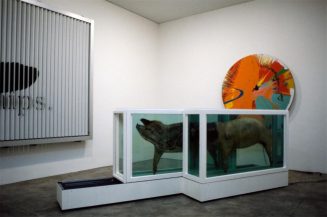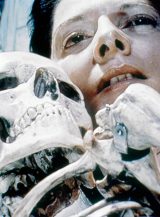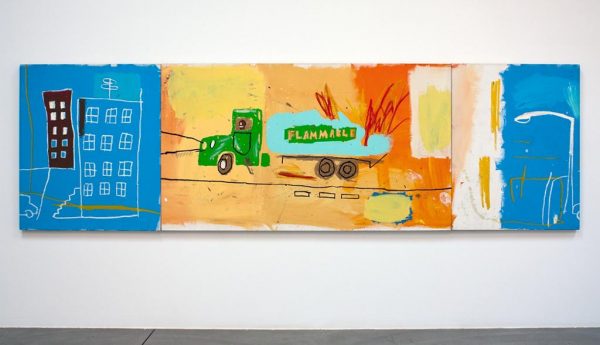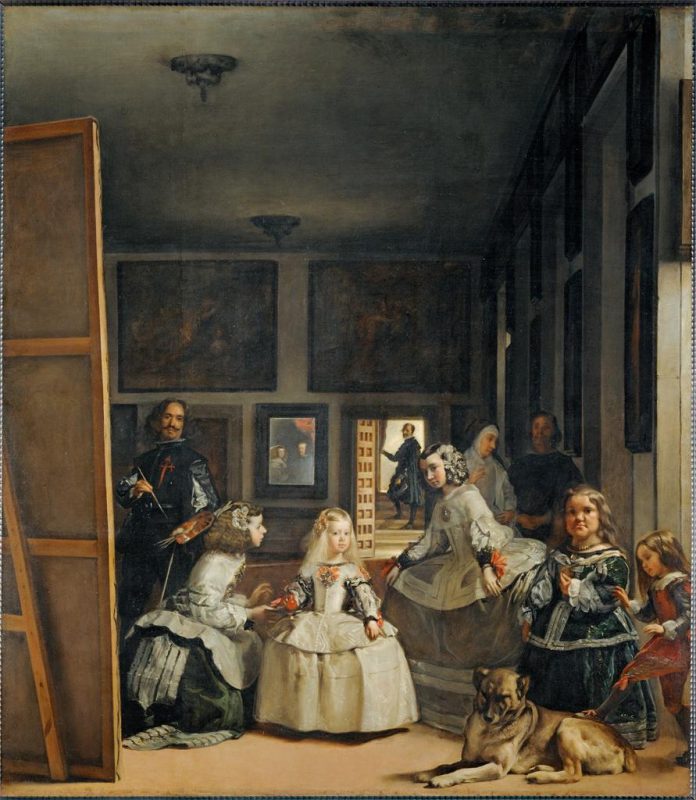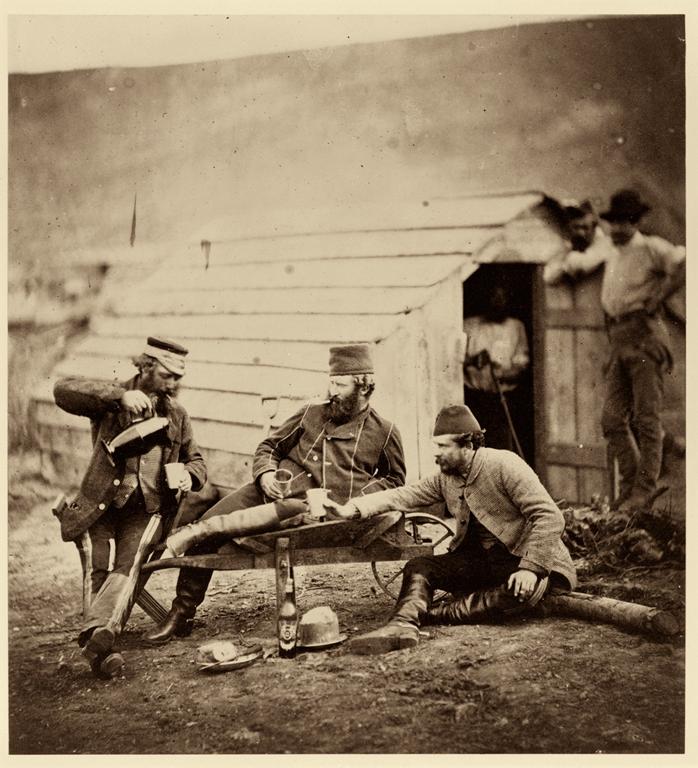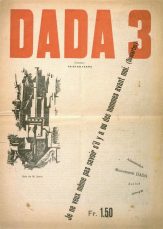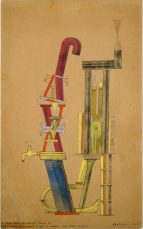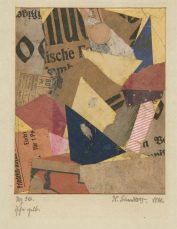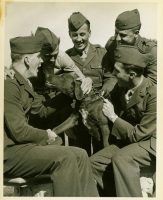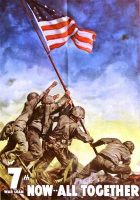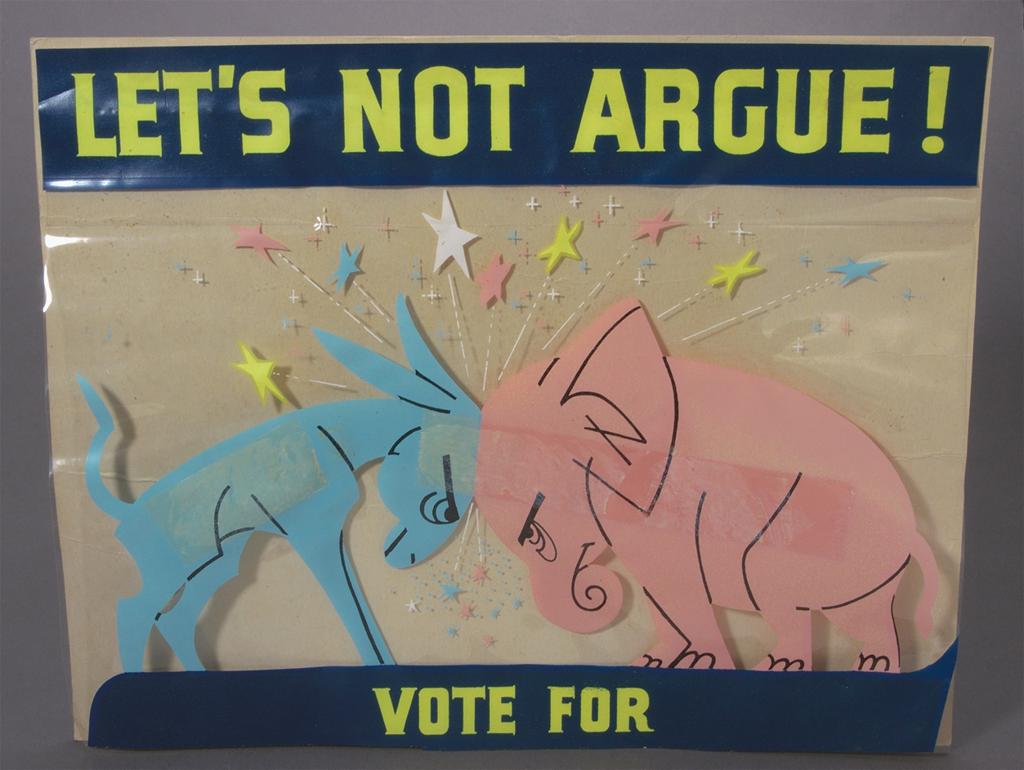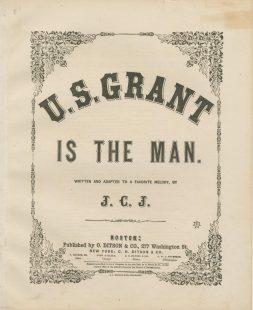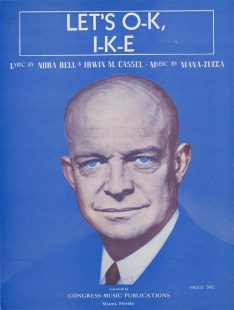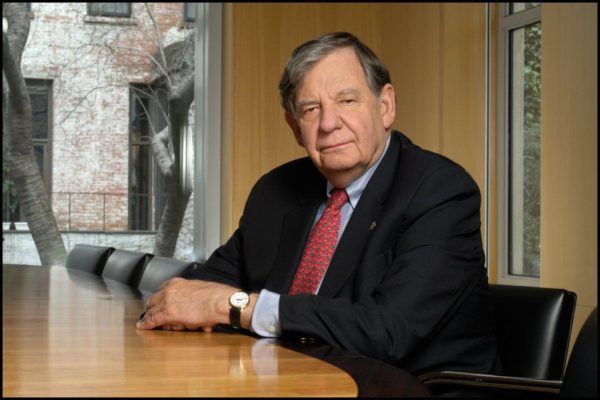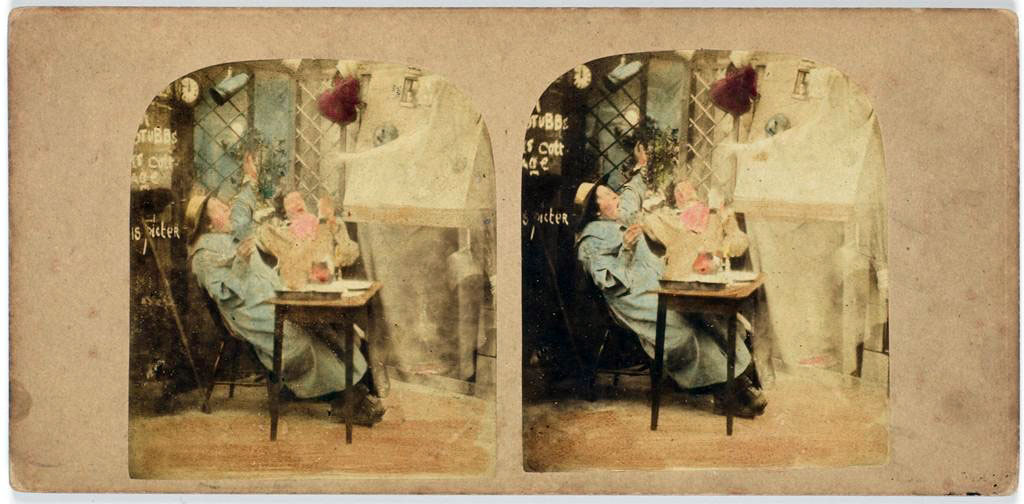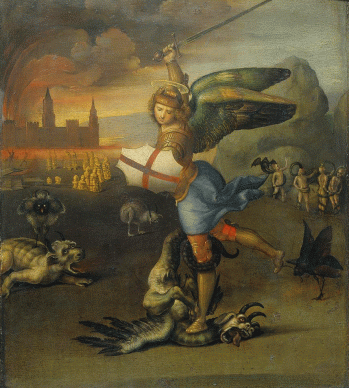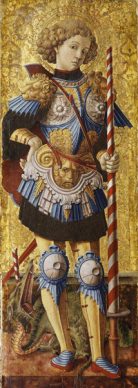The Larry Qualls Archive of Contemporary Art surveys almost three decades of work exhibited in the New York area from 1988-2012. In this post, we consider the personalities and forces that dominated the art world in the 1990s. See also the 1980s and the 2000s.
As curator Gary Carrion-Murayari pointed out, the 1990s had a large influence on how we see art today. “Some of the artists who were doing things that were shocking then, we take for granted now.”[1]
It was a turbulent time, as major institutions were upended. The fall of the Berlin Wall in 1989 was followed by the collapse of the Soviet Union. A stock market crash set off a recession keenly felt in the art market. New York gallery owner Mary Boone, named “The New Queen of the Art Scene” in the eighties, reflected on the downturn in 1992. “Value in everything is being questioned,” she said. “The psychology in the 80’s was excess; in the 90’s, it’s about conservation.”[2]
